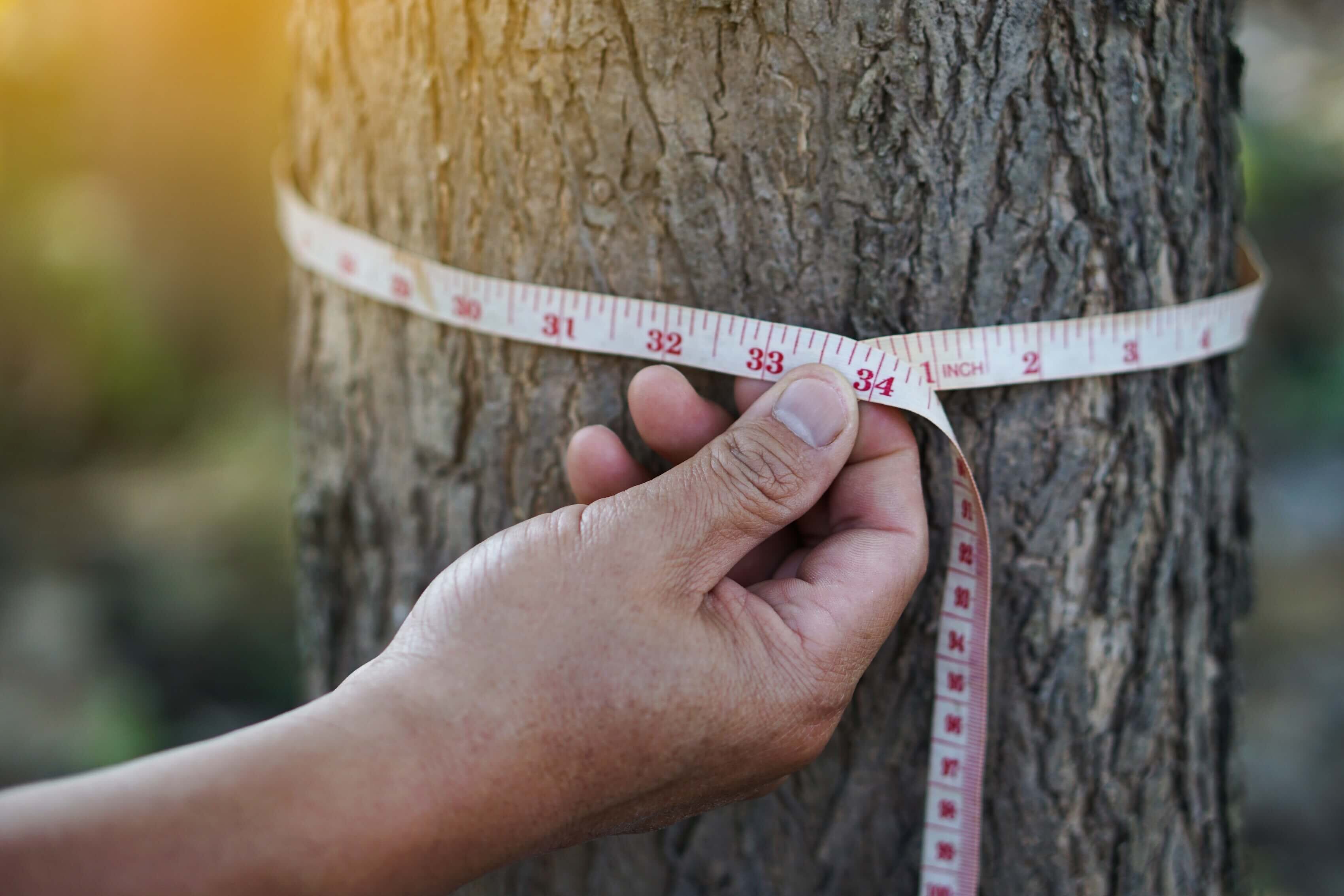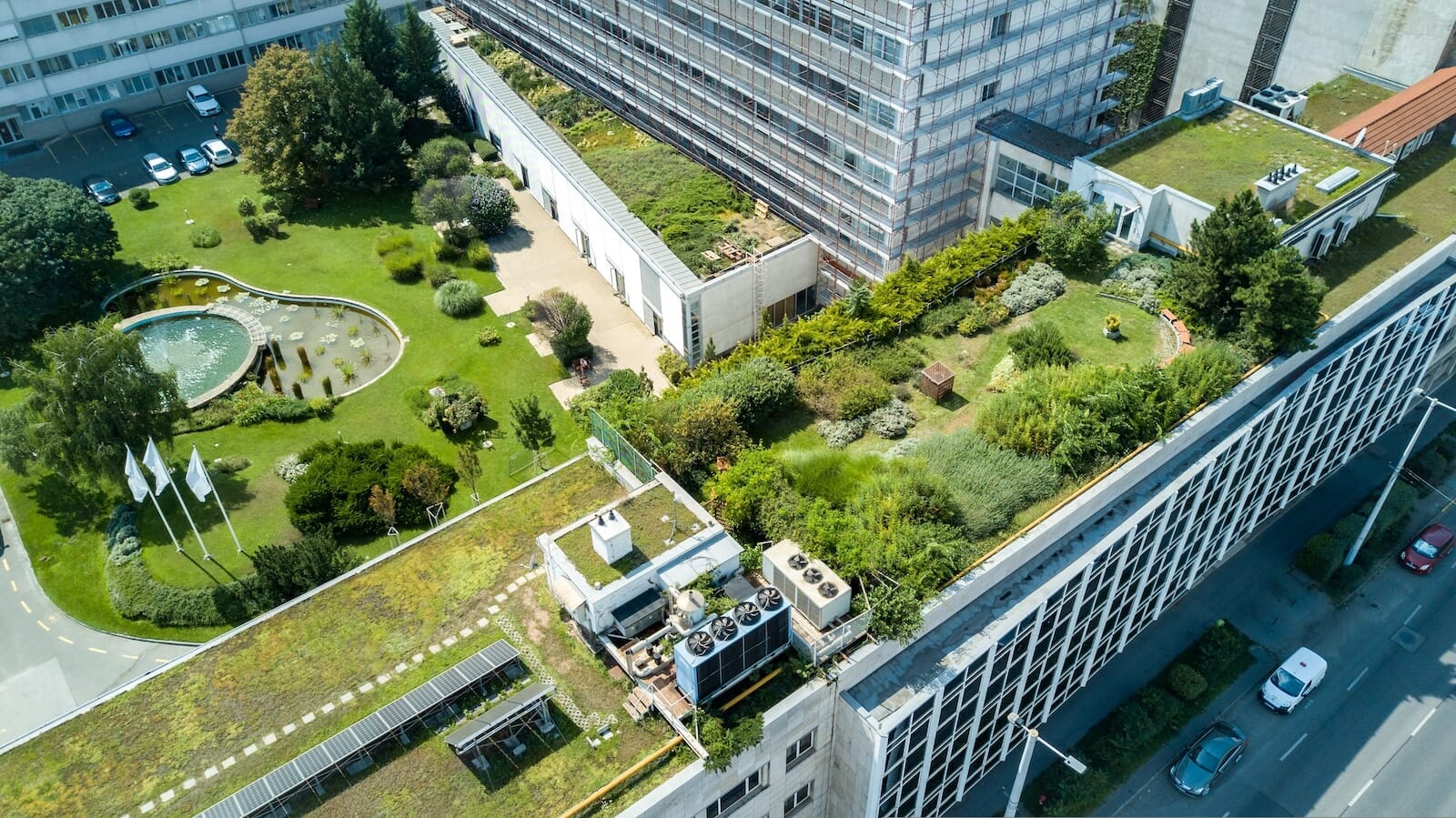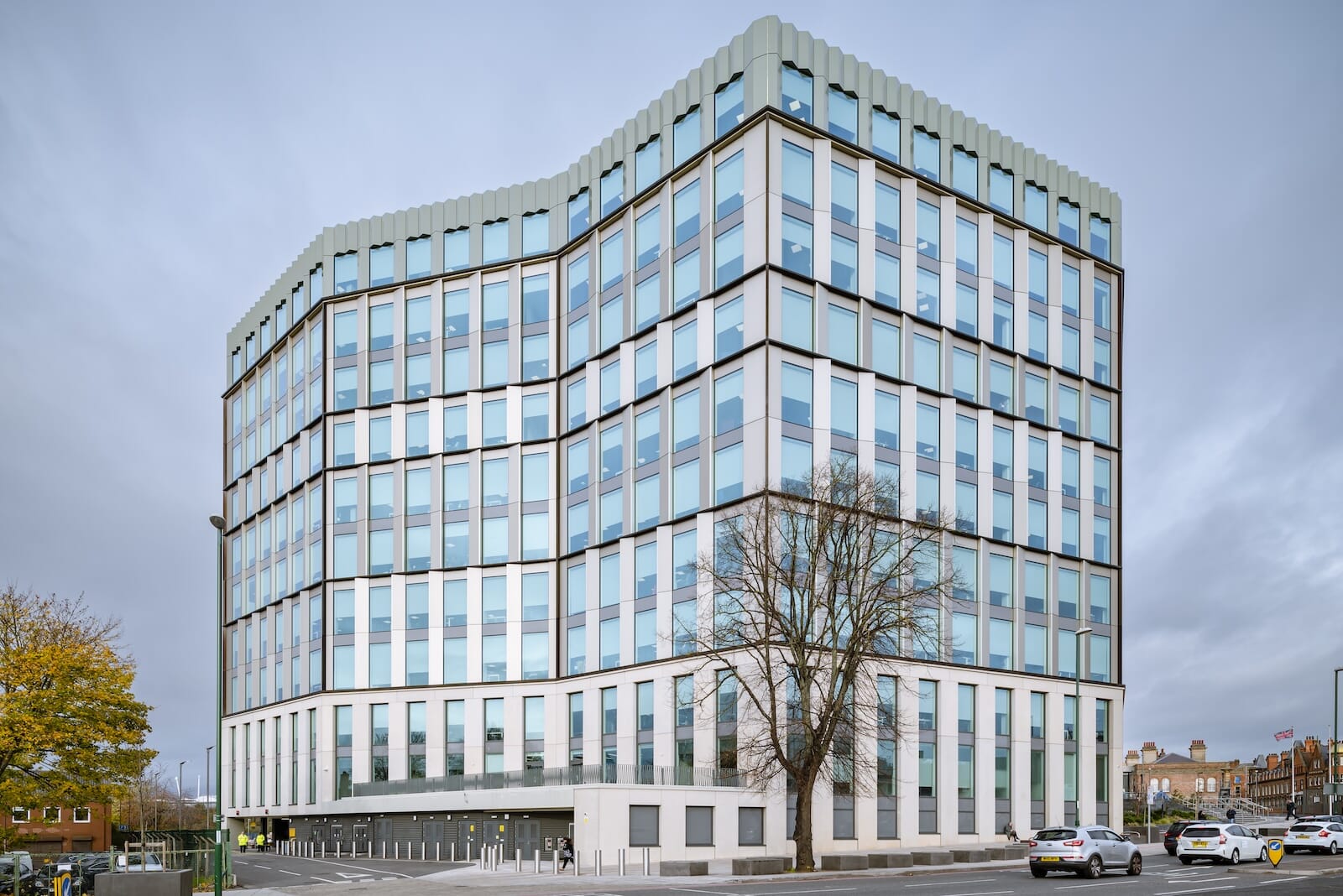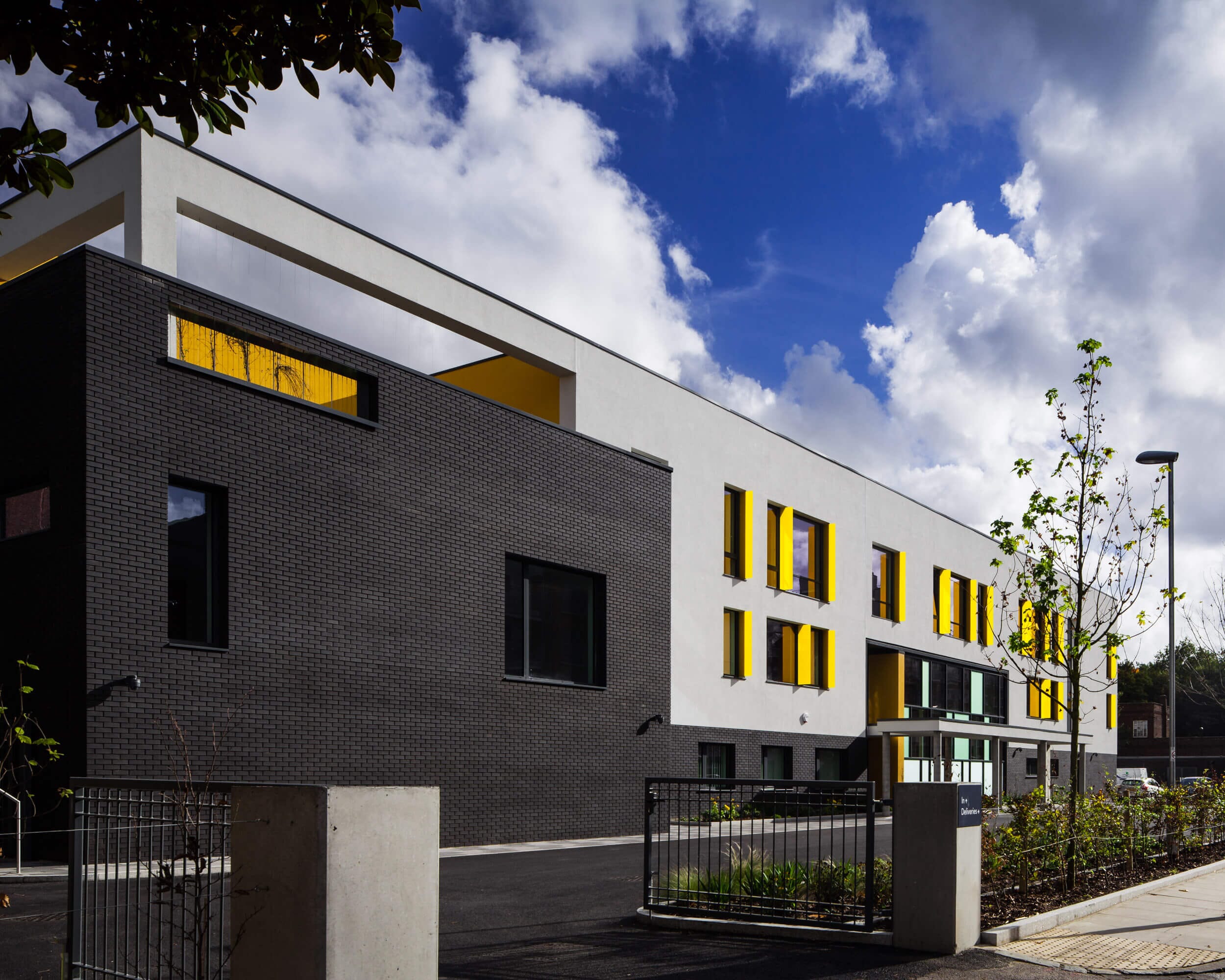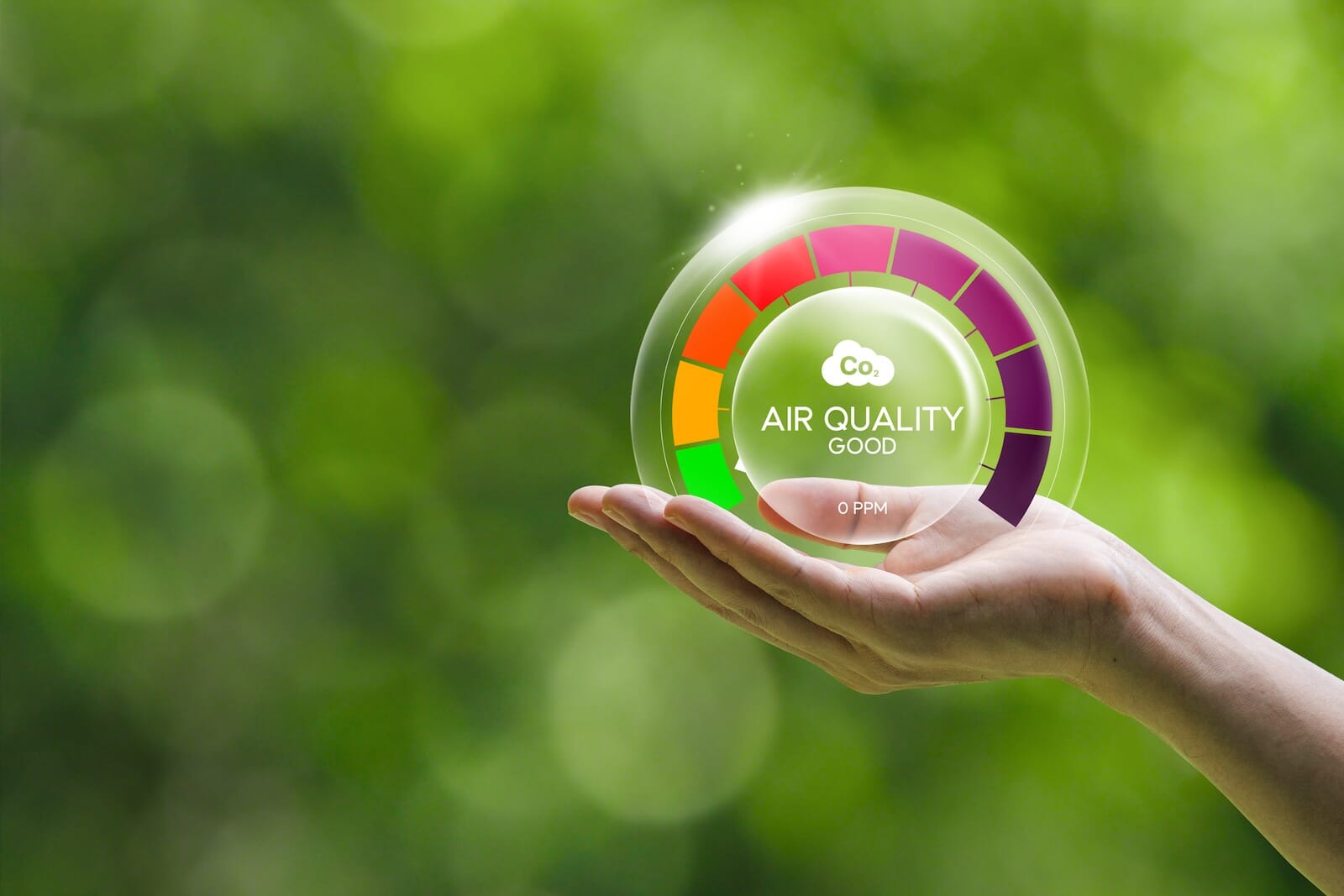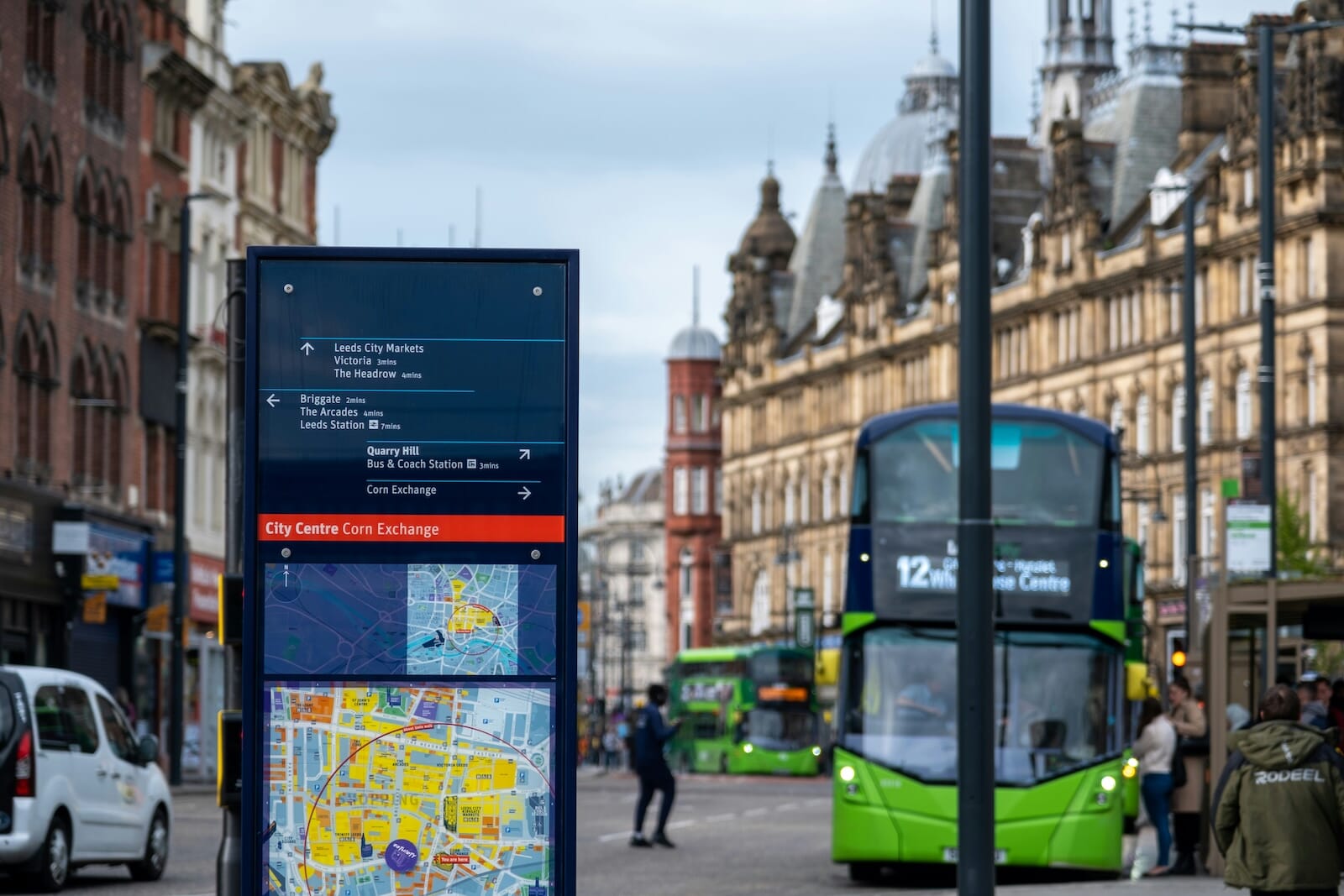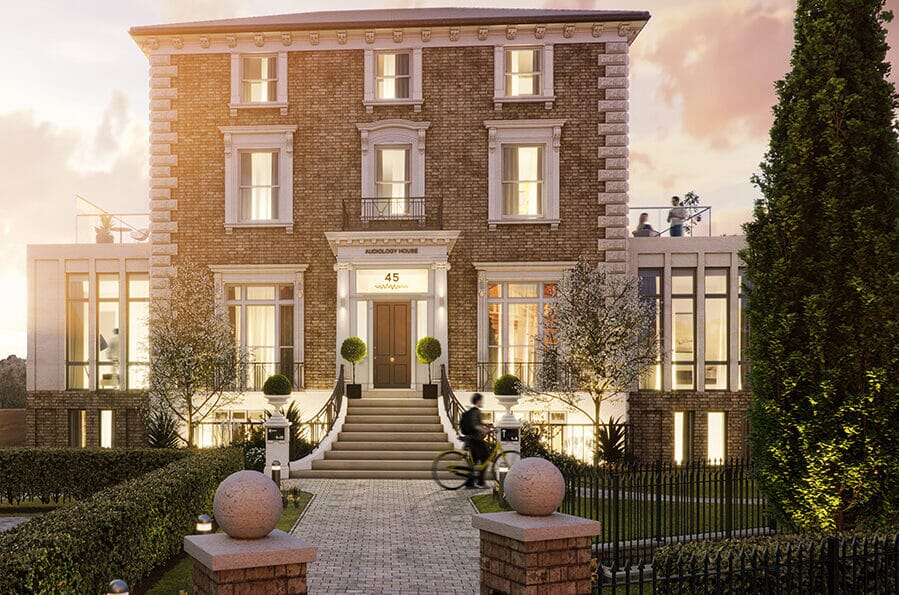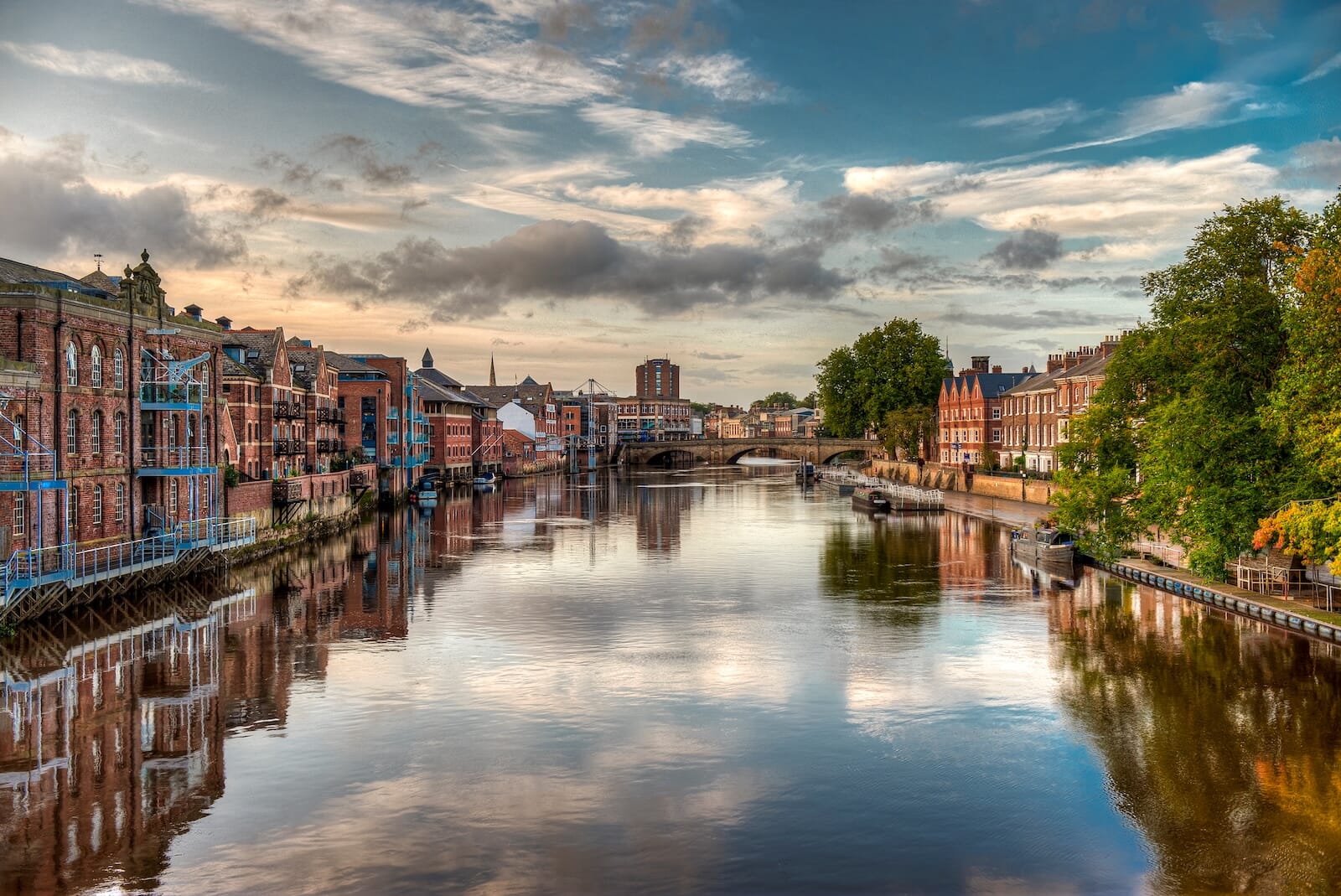What developers really need to know about Air Quality Assessments
Despite notable improvements over the last decade, the UK is continuing to grapple with poor air quality. According to research by the Royal Society of Chemistry (RSC), many towns and cities are continuing to breach legal pollution targets – particularly for nitrogen dioxide and fine particulate matter.

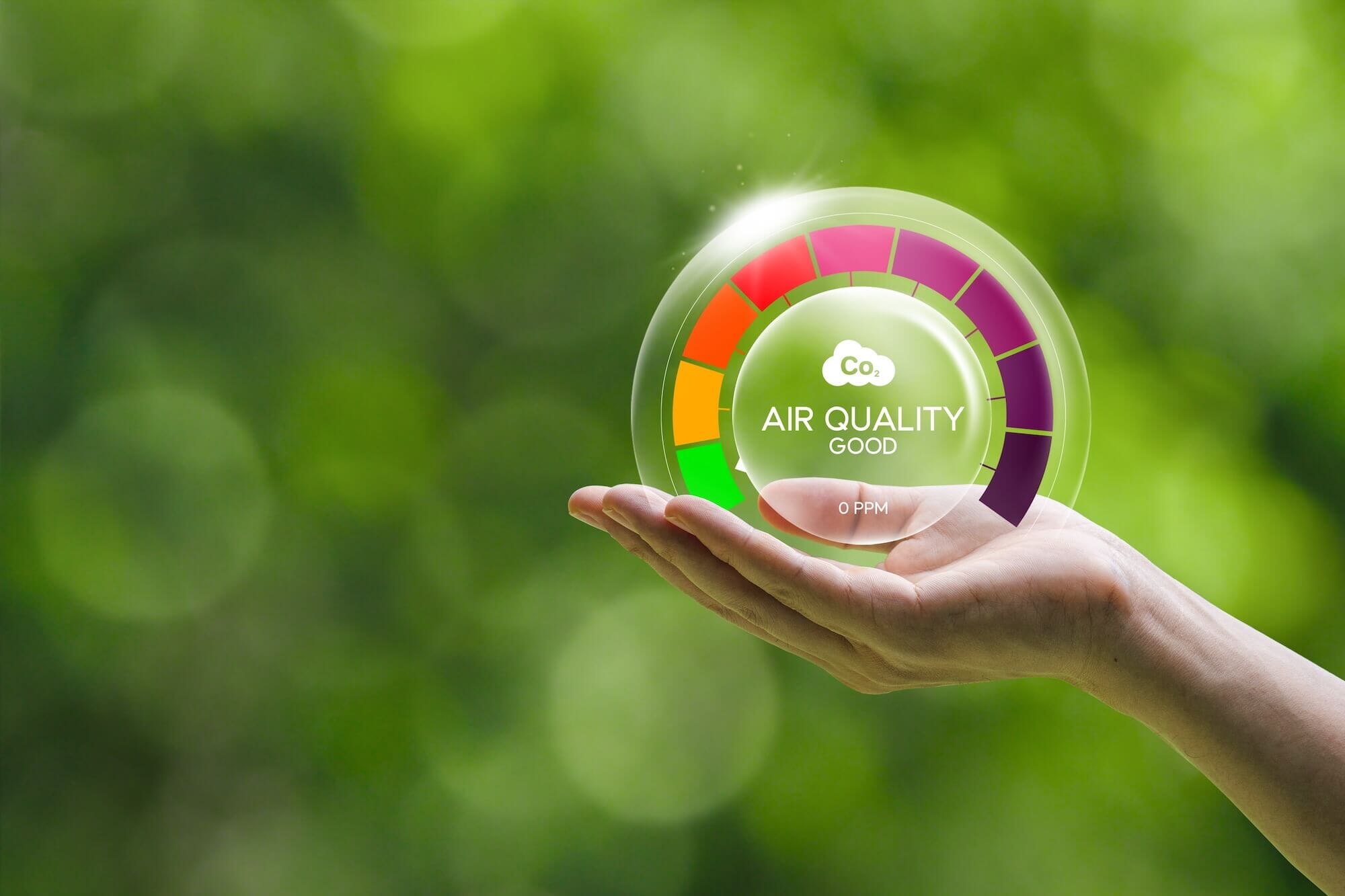
Local authorities are under increasing pressure to ensure that new developments don’t worsen pollution or place future occupants at risk. That’s why Air Quality Assessments are now a critical part of the planning process, as they help you protect the health of future occupants and design developments that contribute positively to the local environment.
In this guide, we share everything you need to know about Air Quality Assessments, including what they are, when they’re required, and how you can improve your development’s air quality.
What is an Air Quality Assessment?
An Air Quality Assessment is a technical report that evaluates the impact a proposed development could have on local air quality, or how existing air quality might affect people using the site. The overall goal is to ensure that developments do not contribute to, or suffer from, poor air quality.
The assessment takes into account key pollutants such as nitrogen dioxide (NO₂) and particulate matter (PM10 and PM2.5), which are both known to negatively affect human health. The results are then compared against national air quality objectives and local planning requirements. Using this data, planning authorities will determine if your scheme can proceed, or whether any mitigation measures are needed.
If you’re working on a larger or more complex scheme, an Air Quality Assessment can form part of a wider Environmental Impact Assessment (EIA). This process considers a wide range of environmental factors to evaluate the overall impact of a development, including air quality, noise, ecology, and landscape. The Air Quality Assessment feeds directly into the EIA to ensure that you have a comprehensive picture of the potential environmental effects of your development.
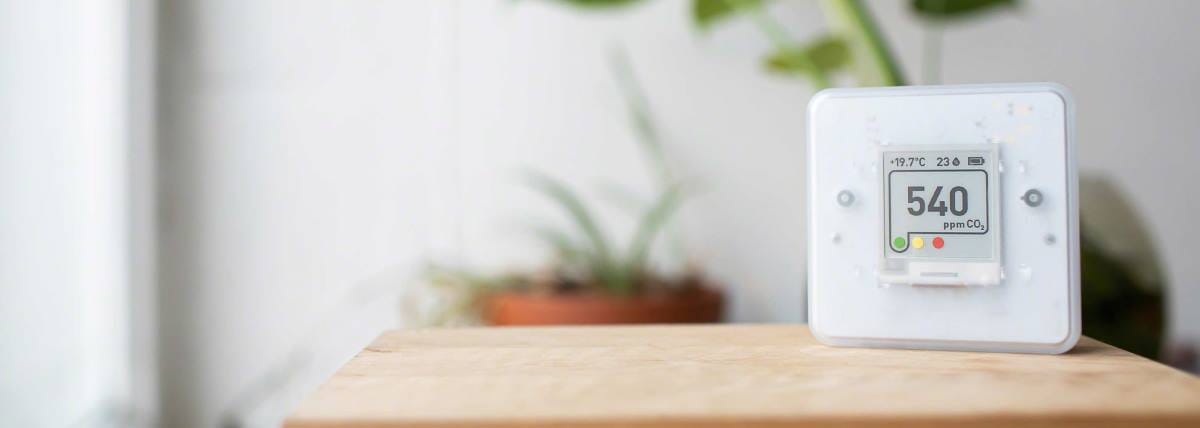
When is an Air Quality Assessment required?
One of the most common questions that developers ask us is, “When is an air quality assessment required?” Your local authority might request one if your development is likely to do one or more of the following:
- Increase traffic levels or alter traffic patterns in or around the site
- Include new car parks, roads, or logistics facilities
- Be located near existing sources of air pollution, for example busy roads or industrial areas
- Involve combustion processes such as boilers or generators
- Create new residential areas that are close to air pollution hotspots
- Be located in an Air Quality Management Area (AQMA) where air pollution already exceeds the legal limits
But it’s not just big developments that need Air Quality Assessments. Smaller developments might need an assessment too, depending on their scale, location, or proximity to sensitive receptors like schools, hospitals, or care homes.
We regularly liaise with local authorities to determine whether your development will require an Air Quality Assessment and what level of detail is needed, helping to save you both time and money.
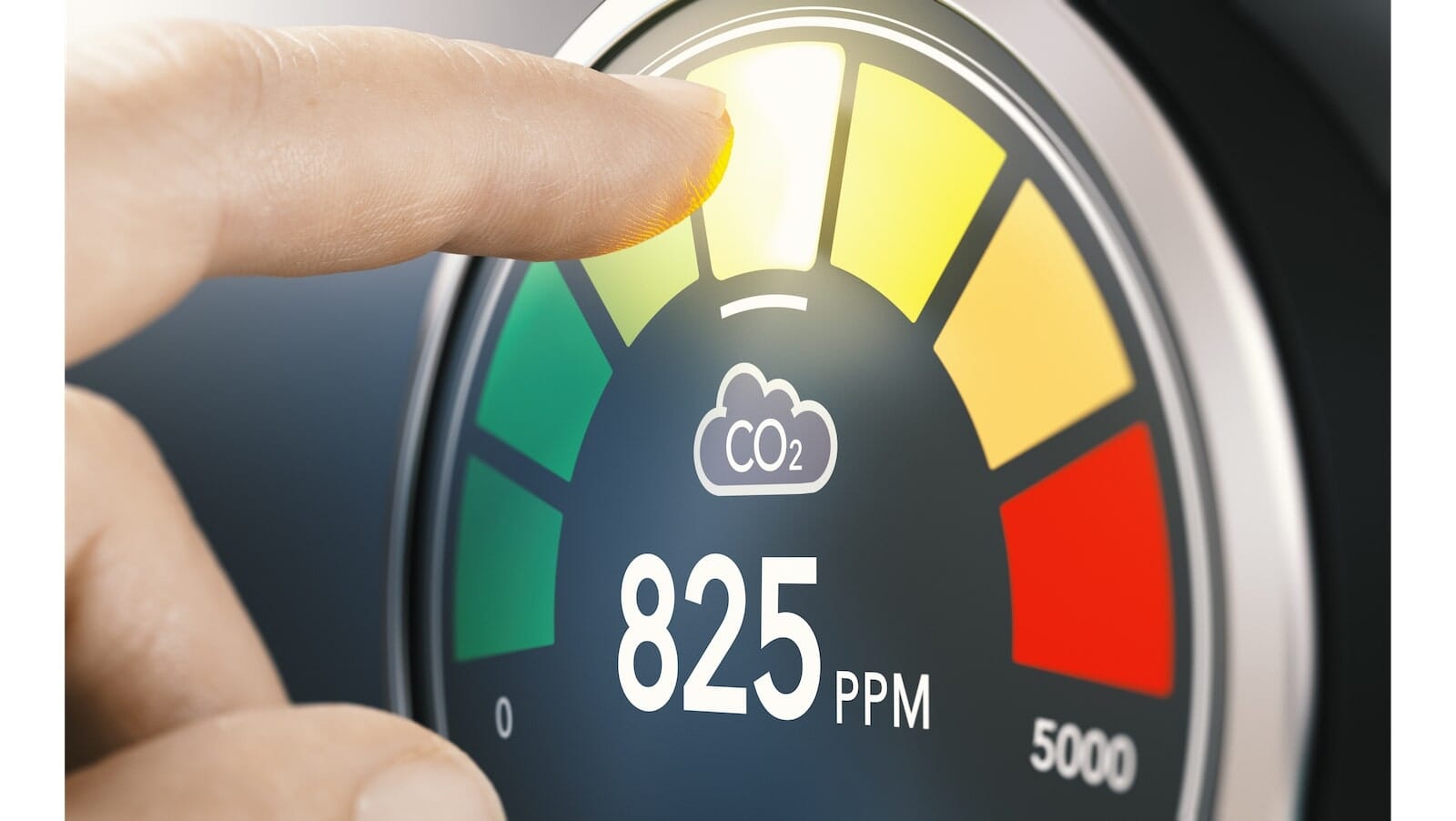
Air quality mitigation and design solutions
If an Air Quality Assessment identifies any potential issues with your development, this doesn’t mean that your project can’t proceed. At Encon Associates, we’ll identify any opportunities for mitigation to help improve your project’s air quality, such as:
- Incorporating landscaping or green buffers
- Adjusting building layouts to reduce exposure to pollution
- Using low-emission heating and transport infrastructure
- Implementing travel plans to encourage sustainable development
By addressing air quality early on in the design process, you can avoid any objections during the planning stage and improve the overall environmental performance of your scheme.
Contact us for more information
What about Indoor Air Quality?
Although attention is often given to outdoor pollution, Indoor Air Quality assessments are just as important for residential, office, and educational developments.
An Indoor Air Quality Assessment evaluates how a building’s design, materials, and ventilation systems affect the quality of air that people breathe inside a building. This can include testing for pollutants such as volatile organic compounds (VOCs), formaldehyde, and carbon dioxide. By ensuring good indoor air quality, you’re helping to create healthy, comfortable environments for building occupants.
Our Indoor Air Quality assessments are specifically designed to help you identify and mitigate poor indoor air quality conditions that may affect human health. This increases your likelihood of achieving planning permission, and can also help you comply with BREEAM Hea 02 criteria.
Improve your development’s air quality with Encon Associates
We provide comprehensive Air Quality Assessment services to help you minimise the effects of pollution during and after construction. Our team of environmental experts use advanced modelling software and up-to-date local data to accurately measure the air quality impact of your development, as well as suggesting any mitigation measures required. Whatever level of assessment you need, we’ll ensure your project is best placed to obtain planning approval.
So, are you ready to improve occupant wellbeing in and around your scheme? Contact us to discuss your project requirements.
Call: 01159 875 599 or email:
We have now worked with Encon Associates for 3 years and have an excellent relationship with them – we would highly recommend them to any size organisations as they have the capability to work small or large scale.
The scope of skills/services that Encon Associates provide are fantastic, kept all neatly under one roof, which again is a bonus when coordinating our developments.
May our great relationship continue in to the future.


